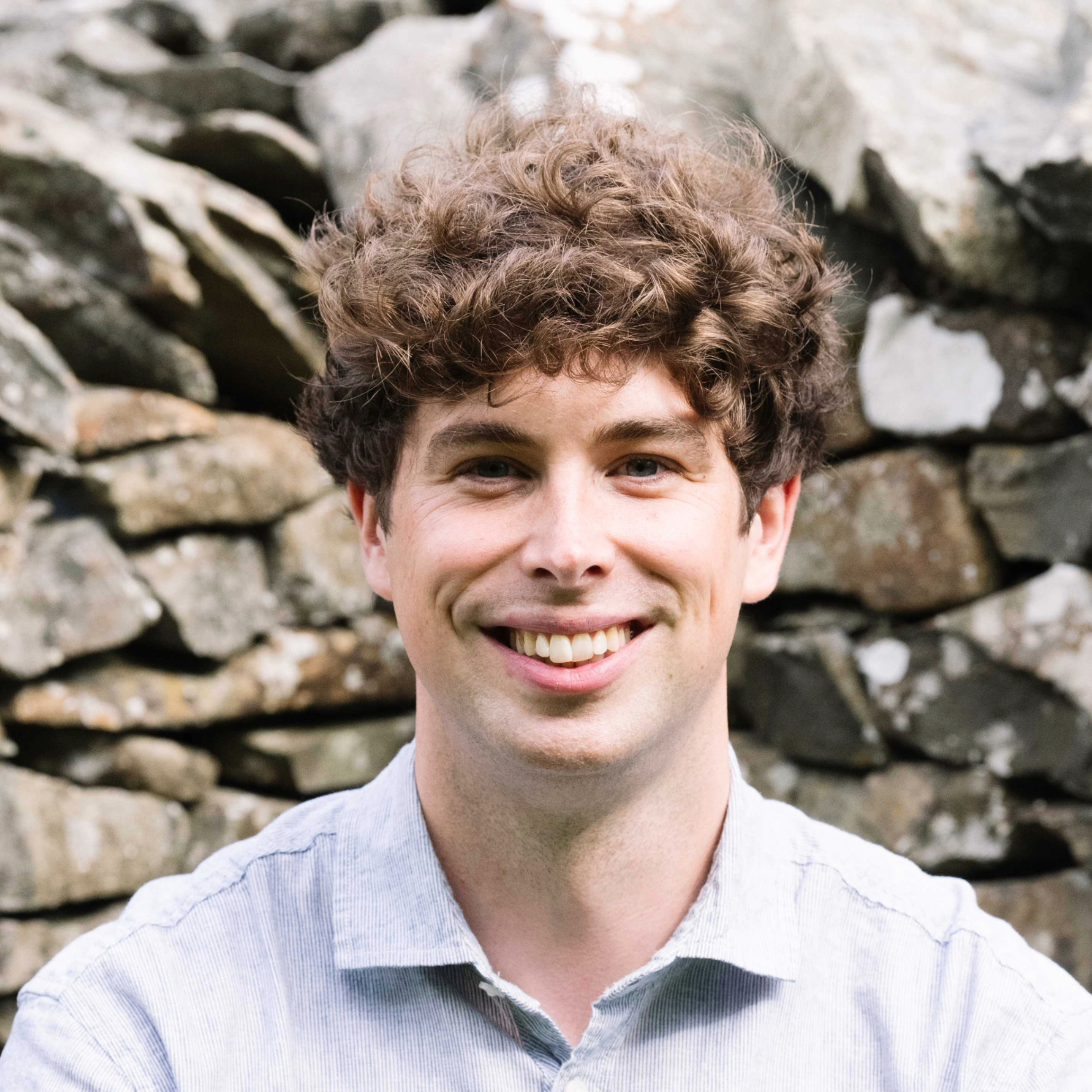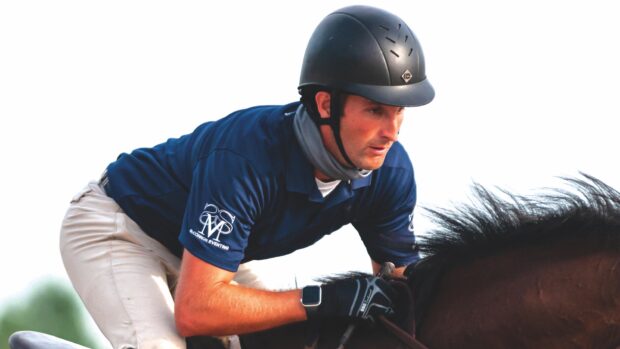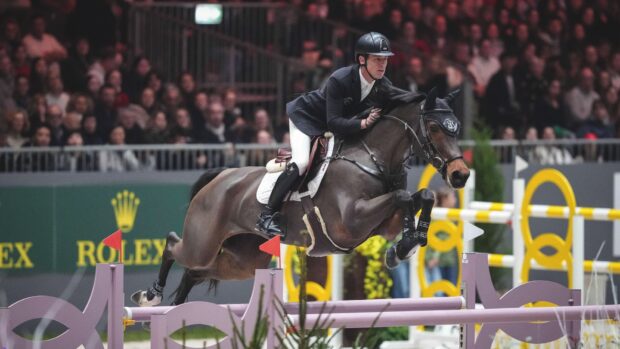There has always been much debate over young horse classes, and whether or not horses are being overproduced for them.
In August 2023, Horse & Hound columnist Laura Tomlinson wrote of the World Breeding Championships in Ermelo where she was competing her then seven-year-old home-bred Full Moon II: “The standard of horses there was unreal. I found it a little scary that most of what I could hear being called across the collecting ring was ‘more’ and ‘poll up’, as some very young horses were being pushed to what may well be their limit.
“It will be interesting to see how many of the top three in each age category go on to be successful at grand prix.”
We’ve had a look into the data and have spoken to renowned sport horse clinician and equine orthopaedics specialist Dr Rachel Murray to get an expert’s view.
Starting with the results, from the 2016 World Breeding Championships only one of the top three five-year-olds – second-place Quel Filou who is now with Danish rider Anna Zibrandsten – went on to have a grand prix career.
Glamourdale, now recognised as one of the best dressage horses in the world, was 10th under Benjamin Maljaars – he would later go on to win the seven-year-olds in 2018.
However, it’s not as easy as saying winners of the seven-year-old classes are more likely to go onto grand prix than those of the five-year-old, or the more recently introduced four-year-old classes.
In 2017, seven of the 15 five-year-old finalists went on to later compete at international grand prix, as well as five of the six-year-olds and six of the seven-year-olds. Ten of the 90 finalists across the three age groups in 2017 haven’t gone on to compete again internationally outside of young horse classes.
It’s very difficult to draw any substantial conclusions from the results alone, other than success at young horse level doesn’t necessarily guarantee a competitive future at the highest level.
“We need to take a multifactorial approach, rather than just looking at one thing,” says Dr Murray.
“You need to look at all the factors that affect the horses. For example, how many of the horses end up with a rider, trainer and support team who are capable of training and producing horses to grand prix?
“How many of the four-year-olds are going to be fed optimally, shod correctly and ridden in well-fitted tack so that their bodies are able to muscle up and develop in a way that they can go on to perform the movements required in the seven-year-old classes and then train on further towards grand prix?
“How many go on to be sold to riders who aren’t suited to them or don’t have the knowledge to support the horse’s body, mind and training programme? I don’t think you can conclude it’s because they’re overproduced too young that they don’t go on to grand prix.”
“We need to prioritise education”
As Dr Murray explains, more and more talented horses are being bred, meaning more peoples have access to these excellent horses without perhaps the experience to develop them, despite being well-meaning and having the best intentions.
“It’s not that some people don’t push young horses close to their limits of movement – which might increase risk of injury if the training isn’t balanced well – but a lot also underproduce or incorrectly produce them as well, frequently with the best intentions, but through lack of knowledge or experience, which can increase risk of injury for other reasons,” explains Dr Murray.
“There is evidence that if a horse was initially trained for one sport, like racing or showjumping, they’re at a higher risk of lameness if they move to a different sport, like dressage, likely because their bodies aren’t adapted to the sport they’re now being asked to do.
“It’s therefore important that young horses have a level of cross training so that their body adapts generally, and within this are trained for the needs of the sport that they are aiming to do. This training allows their body to adapt and develop as they mature.”
When and how you start to compete your horse is very much dependent on their individual conformation, strength, degree of development and temperament, Dr Murray says, there are no binary rules.
“Every part of the horse matures at a different time, so it’s not that one day they’re mature and one day they’re not. It’s about being sensitive to what they need at any given time.
“I’ve got a lovely picture that I have on my welfare talk of two three year olds: a 16-hand stallion with good posture and muscle development who is strong and stable plus a long-legged 17-hand mare, who’s as narrow as a piece of paper when you’re looking at her at the front.
“The three-year-old stallion, who has a confident temperament, is absolutely ready to go and learn from doing young horse classes as a four-year-old but the mare would not be – she would struggle to balance carrying a rider doing turns round an arena.
“So, saying we shouldn’t do four- or five-year-old classes doesn’t make sense because some horses are absolutely ready to go into an arena and experience the world as a four-year-old – and it can be a very good opportunity for them to experience being in an arena with a little more flexibility in the test movements and potentially a chance to do this alongside another horse to gain confidence.”
Overtraining, she explains, can happen at any age: “It’s not because they’re doing young horse classes, it’s because they’re being managed wrong. We know that a risk factor for injury is over competing and overtraining. And that doesn’t matter if it’s a young horse or an old horse.”
Dr Murray argues that we can best make an impact on young dressage horses’ welfare through prioritising education.
“Some 90% of dressage horses are competing at advanced medium and below with 73% at elementary or below, so that’s where we should be focussing our efforts, less so on the few elite horses,” she says.
“We need to recognise when horses are sore or struggling to achieve what is being asked of them, and when we should be doing things like groundwork, poles or cross-training to build their strength. Likewise, things such as our saddles might need to be fitted more frequently because our young horses’ bodies are changing and shoeing should be carefully evaluated as the horse matures.
“There’s lots we need to do with all stakeholders but we should also make sure that everything we do is evidence-based, and there’s no evidence to say that we shouldn’t have young horse classes.”
You might also be interested in:

Carl Hester: ‘Ensuring equine welfare at all levels – not just among elite horses’

Anna Ross: ‘It’d be a shock if there wasn’t a drama on social media, but spectator judging mainly agreed with the FEI judges’

‘Judges are being asked to do the impossible’: research into bias in dressage

Subscribe to Horse & Hound magazine today – and enjoy unlimited website access all year round
Horse & Hound magazine, out every Thursday, is packed with all the latest news and reports, as well as interviews, specials, nostalgia, vet and training advice. Find how you can enjoy the magazine delivered to your door every week, plus options to upgrade your subscription to access our online service that brings you breaking news and reports as well as other benefits.






